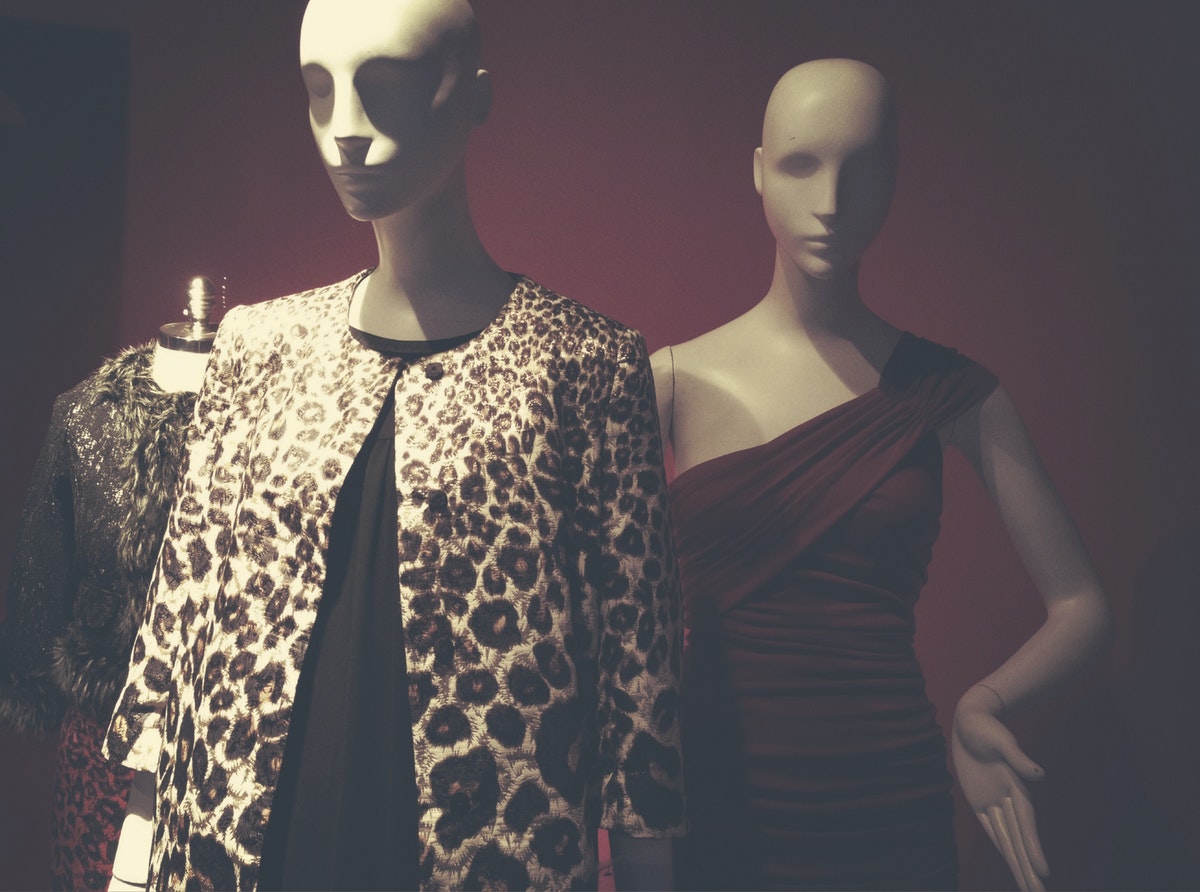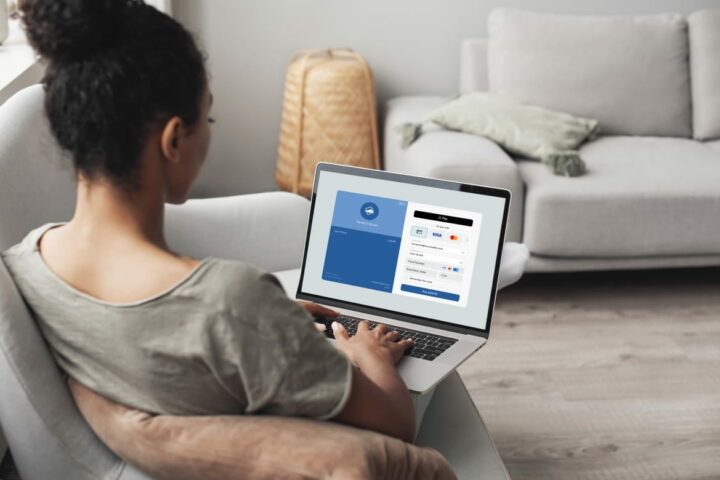Models or mannequins? What works better for e-commerce pictures?
Written by
Kinga EdwardsPublished on

Photos are the way to sell products in the fashion industry. E-commerce is based on presenting products virtually through different pictures by showing items in various angles. These pictures should be taken by professionals that are experts in this field since they act as a replacement for a client’s store visit (online shopping is a lot more convenient than traditional shopping and nowadays more people are using it than ever before).
There are a few ways of presenting clothing for e-commerce stores- amongst them mannequin photos and model photos. We can choose either one of them depending on the needs of our business. In order to determine which type is best for your brand, you must take into account the characteristics of your products and brand, as well as your target audience and sales platform.
It’s also worth mentioning that the quality of photos is their most important factor. High-quality pictures attract attention and interest of potential customers. It’s essential to show items from the right perspective and in the best possible version.
Important checkpoints for e-commerce photos:
- The correct lighting that will show the structure of materials and three-dimensionality of pieces. Notice how the lighting in stores is always different – its goal is to highlight the structure and shape of materials and show them clearly. This type of lighting isn’t common so clothes presented in it look fantastic.
- Realistic colours closest to the actual tone of the item. A single mistake can cost a lot.
- The way an item lays has a huge impact on its appearance and reception.
Consistency and repeatability
To keep the brand’s DNA, we photograph pieces in a unique way. Pictures from different photo shoots and seasons are made in the same style thanks to inner processes that stick to guidelines. We keep the quality consistent and similar while offering different products every collection.
Less is more
Pictures should be simple, unambiguous in their message, easy to look at and should mostly help clients imagine how the clothing looks in real life. It’s not worth adding unnecessary elements that distract from the main product- it’s best to take them in front of a solid, one-coloured background.
Quality matters
Poor-quality pictures will most likely push away potential customers. Even with user experience or SEO optimisation, it won’t be easy to keep them interested. The quality of your pictures is a reflection of your brand. Not only does it show your professionalism, but also that you care about delivering your client the best results that are closest to the real-life version of products.
Brand DNA
It’s helpful when a brand has its own story (brand DNA) that they want to tell their clients. Pictures with a message or meaning to the brand’s DNA are more valuable and spark more interest.
Mix and match
Can’t decide between a model or mannequin? Try both. Mixing types of pictures can actually bring the best effect and offer the client a broad spectrum of choices. Both have their pros and cons, but an interesting option is to test out both and see what works best.
Mannequins: the pros and cons
Pros:
- No minimum amount of products you need to photograph (with models you must have a minimum number of 40 products at a photo shoot- models are paid per work day). With mannequins, you can have as little as one product.
- Allow the client to imagine how a piece looks on the body
- Better conditions for taking a larger amount of pictures (stable lighting, no makeup, quick styling, etc.)
- No changes in circumstances (with models they can often be unavailable, change their appearance or just not match to the general style of the photo shoot)
- Allow you to compare products 1:1
- Sometimes it’s better to show only the characteristics of products and their main features, without much distraction
- Allow others to browse faster through pictures and find them easier
- Typically less expensive and hassle-free (you don’t have to pay a model or get their permission for sharing their image)
- Essential for PR activities – printed magazines often require packshots
Cons:
- Don’t show the brand’s full product potential as opposed to a human that can show each angle and every side of a product
- Usually come in only one size
- Monotone pose, some people could tell it lacks of a “human face”
Models: pros and cons
Pros:
- Thanks to different poses you can show products in the best way possible and give them “life”
- Pictures of models show how clothes look on a human body
- High-quality pictures of models always show the professional level of a store and add a “luxury” feel to the brand
- Allow you to create full outfits or a specific image that can inspire clients and can persuade them to buy more (cross-selling). This leads to greater sales.
- Helpful to the brand’s DNA – you can associate them with a particular brand
- Based on social media results pictures of a full silhouette show greater interest and more likes from users
- The type of models you choose can help associate a brand with a specific lifestyle or style
- A model can highlight the shape of clothing and make it look amazing- even if the clothes are average looking.
Cons:
- A photo shoot with a model requires more work and effort: you need a stylist, makeup artist, set director etc.
- For a photo shoot with a model you need a minimum of 40 products in order to rationalise costs – photo shoots cost a lot no matter how many items were photographed
- Models can distract from the actual product; the wrong model choice can result in the wrong message and lack of willingness to buy products (you can also consider pictures without the face)
- Cause clients to be disappointed in the way a product looks on them- this is why models should be chosen accordingly to the target audience
In conclusion, both models and mannequins have their positive and negative aspects. It can be challenging to choose the best option for your brand, but you should deeply consider what your brand stands for and how you’d like to portray your clothing items. A compromise between quality and costs is a photo shoot with a model without photographing their face or head- this is how to show clothes on a real body, but we don’t have to go through the costs related to the rights to an image of the photographed person.


